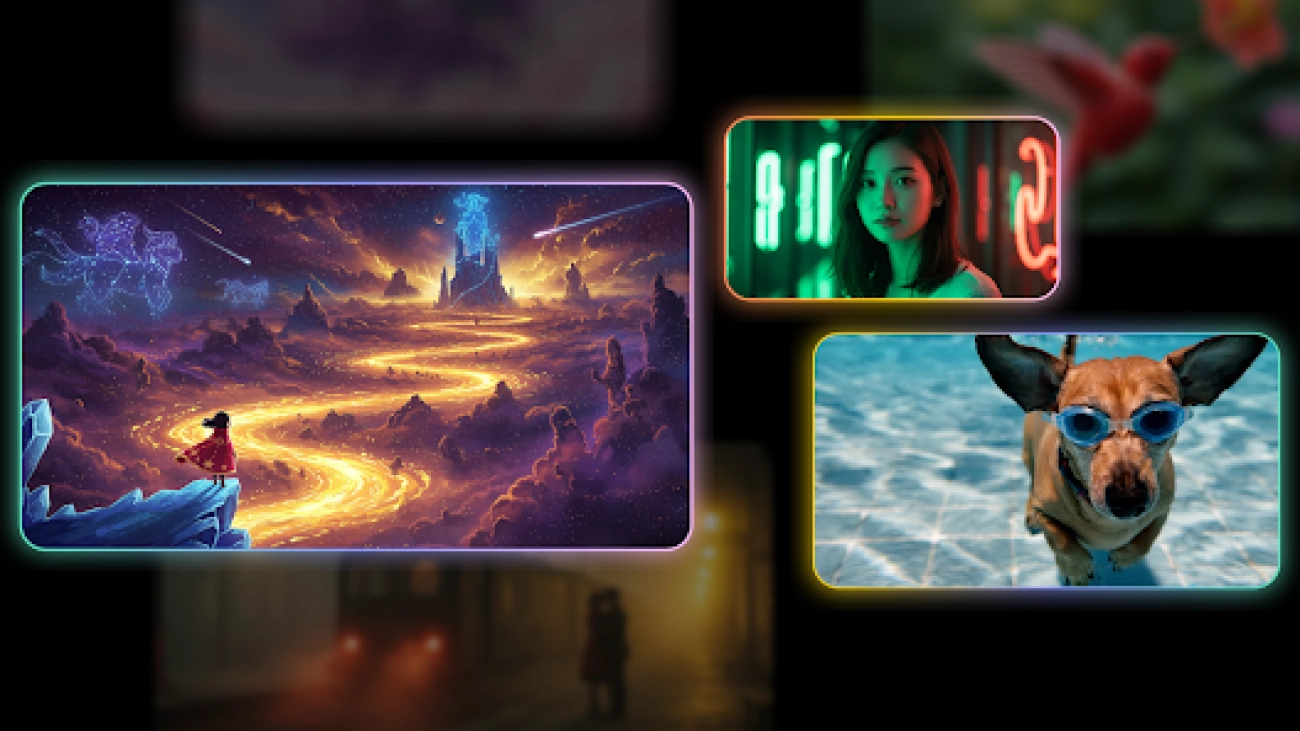Our comprehensive benchmark and online leaderboard offer a much-needed measure of how accurately LLMs ground their responses in provided source material and avoid hallucinationsRead More
FACTS Grounding: A new benchmark for evaluating the factuality of large language models
Our comprehensive benchmark and online leaderboard offer a much-needed measure of how accurately LLMs ground their responses in provided source material and avoid hallucinationsRead More
FACTS Grounding: A new benchmark for evaluating the factuality of large language models
Our comprehensive benchmark and online leaderboard offer a much-needed measure of how accurately LLMs ground their responses in provided source material and avoid hallucinationsRead More
State-of-the-art video and image generation with Veo 2 and Imagen 3
We’re rolling out a new, state-of-the-art video model, Veo 2, and updates to Imagen 3. Plus, check out our new experiment, Whisk.Read More
State-of-the-art video and image generation with Veo 2 and Imagen 3
We’re rolling out a new, state-of-the-art video model, Veo 2, and updates to Imagen 3. Plus, check out our new experiment, Whisk.Read More
State-of-the-art video and image generation with Veo 2 and Imagen 3
We’re rolling out a new, state-of-the-art video model, Veo 2, and updates to Imagen 3. Plus, check out our new experiment, Whisk.Read More
State-of-the-art video and image generation with Veo 2 and Imagen 3
We’re rolling out a new, state-of-the-art video model, Veo 2, and updates to Imagen 3. Plus, check out our new experiment, Whisk.Read More
State-of-the-art video and image generation with Veo 2 and Imagen 3
We’re rolling out a new, state-of-the-art video model, Veo 2, and updates to Imagen 3. Plus, check out our new experiment, Whisk.Read More
State-of-the-art video and image generation with Veo 2 and Imagen 3
We’re rolling out a new, state-of-the-art video model, Veo 2, and updates to Imagen 3. Plus, check out our new experiment, Whisk.Read More
State-of-the-art video and image generation with Veo 2 and Imagen 3
We’re rolling out a new, state-of-the-art video model, Veo 2, and updates to Imagen 3. Plus, check out our new experiment, Whisk.Read More










